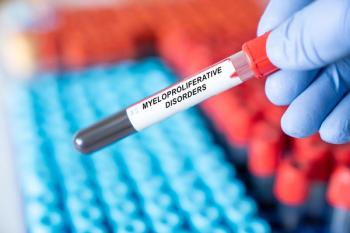
Dr Thorvardur Halfdanarson on Diagnostics in NETs
Thorvardur Halfdanarson, MD, associate professor of medicine and consultant in medical oncology, Mayo Clinic, discusses improvements in diagnostics for neuroendocrine tumors, as well as what improvements are still needed.
Thorvardur Halfdanarson, MD, associate professor of medicine and consultant in medical oncology, Mayo Clinic, discusses improvements in diagnostics for neuroendocrine tumors, as well as what improvements are still needed.
Transcript
Have diagnostics in neuroendocrine tumors improved over recent years?
Absolutely. So, vastly, since we got access to nuclear medicine or receptor imaging studies, such as Gallium 68-Dotatate PET/CT, we’ve seen that our diagnostic abilities have improved a lot. So, these studies are much more sensitive than the octreoscan is. We have to be careful with the 68Ga-DOTATATE PETs because they may pick up other tumors or even benign conditions that express somatostatin receptors. But, diagnostics have improved. Great deal, especially with imaging
There’s a new imaging compound possibly on its way using a different isotope Copper-64 with a longer half-life than Gallium 68. It may be useful for more remote areas, and I’m not sure if it has any better imaging qualities than the Gallium 68. But, there’s a lot of exciting things happening in diagnostics.
What improvements are still needed?
I think what we need in terms of improvements, we still need better treatments for refractory small bowel neuroendocrine tumors. So, essentially until we got the PRRT [peptide receptor radionuclide therapy] approved, there was somatostatin analog therapy and everolimus, and beyond that not a whole lot of effective treatments.
Now we have somatostatin analogs, everolimus, and PRRT, we don’t know how to sequence them. The progression-free survival of patients who have PRRT is probably 2.5 to 3 years, on average, and a lot of these patients will eventually progress. So, we need to know more about who can we retreat with PRRT, and if we can retreat them, how should we do it. And we need better treatments for now PRRT refractory patients.
Newsletter
Stay ahead of policy, cost, and value—subscribe to AJMC for expert insights at the intersection of clinical care and health economics.













































